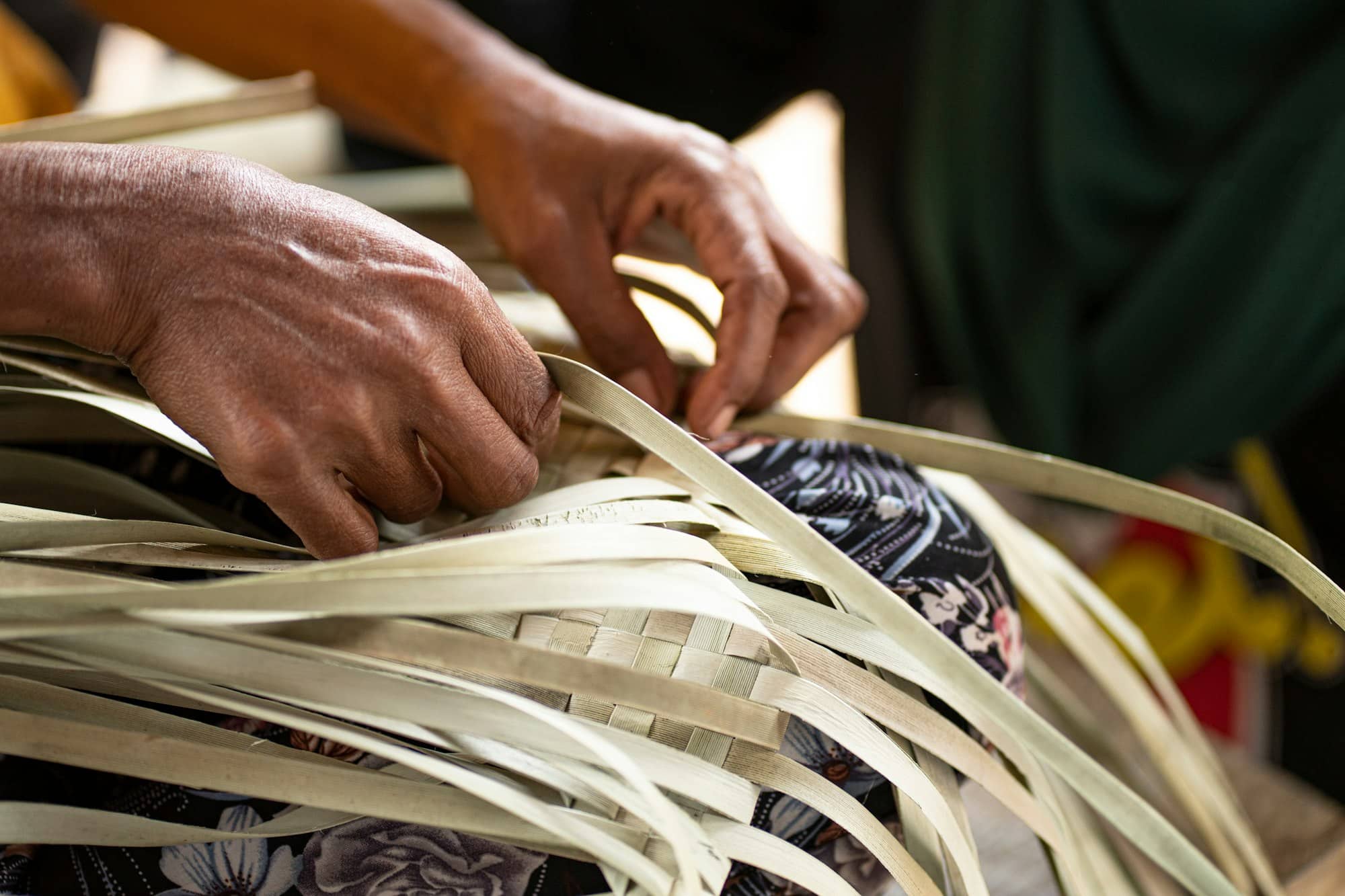What Are the Best Native Plants for an Eco-Friendly Roof Garden?

Roofs have come a long way from being just a weather shield. In an era of heightened ecological awareness, roofs are increasingly turning green, quite literally. The concept of a ‘green roof’ with various species of native plants is becoming increasingly popular. These roof plantations play a vital role in reducing the environmental impact of buildings while enhancing their aesthetics. But, what are the best native plants to grow on a green roof? Let’s delve into that topic.
The Importance of Native Plants in a Green Roof Garden
Green roofs are not just about growing any plant or grass up there. They are a way to reintroduce native flora into urbanized areas. Native plants are typically better suited to the local climate and interact more beneficially with native fauna.
Cela peut vous intéresser : How Can You Create a Cozy Outdoor Fire Pit Area with Seating for All Seasons?
By using native plants, you can create a mini-ecosystem on your roof. Birds, bees, and butterflies become regular visitors, contributing to local biodiversity. As these plants have adapted to local conditions over thousands of years, they require less water and care once established, making them perfect for a roof garden.
Sedum (Stonecrop)
Sedum or Stonecrop is a star performer in a green roof context. This low-growing genus encompasses up to 600 species, offering a lot of variety. Offering a height of just a few inches, Sedums are non-invasive. Their shallow root systems are ideal for the relatively shallow substrate layers of a roof. Plus, their succulent leaves store water, making them incredibly drought-tolerant.
En parallèle : How to Design an Industrial-Style Kitchen with Modern Amenities?
Sedum species also offer a range of aesthetic benefits. They bloom in a spectrum of colors, from white and pink flowers to various shades of green, red, and even purple foliage, offering a gorgeous view from any window overlooking the roof.
Grasses for a Green Roof
Native grasses can be an excellent choice for a green roof. They tend to have deep root systems that help stabilize the soil, and many are naturally resilient and can handle tough conditions.
Fescue Grass
Fescue grass, for instance, is a wide-ranging family of grasses native to many parts of the world. This grass has a low growth habit, usually about knee-height, and it spreads easily, making it perfect for covering large areas.
Fescue grass offers a beautiful, lush green view, and it’s hardy enough to survive harsh sun, lack of water, and even foot traffic. Its low maintenance needs and adaptability make it great for a green roof.
Native Flowers for a Green Roof
Adding native flowers can bring a burst of color to your green roof, attract pollinators, and bring a sense of wildness right to your doorstep.
Coneflowers
Coneflowers are native to Eastern North America and are a great choice for green roofs. They are sturdy, drought-tolerant perennials that can reach up to two feet in height.
The flowers are typically pink or purple, with a distinctive, raised central cone. These nectar-rich flowers are beloved by butterflies and bees, which will help pollinate your roof garden and the surrounding area.
Black-Eyed Susans
Black-eyed Susans are another North American native that thrives in tough conditions. They grow to about one to two feet in height and spread easily through self-seeding.
The bright yellow flowers with their dark central cone offer a striking contrast and will turn your roof into a sea of color. Plus, they’ll attract a wide range of pollinators.
Enhancing the Green Roof with Low Growers
Low-growing plants are especially useful in a green roof context. They help cover the ground quickly, reducing soil erosion, and their low height means less wind resistance.
Creeping Thyme
Creeping Thyme is a ground-hugging herb that will fill your green roof with a dense mat of tiny, aromatic leaves. It’s a hardy plant, able to survive in poor soil and resist drought.
During summer, the plant is covered with tiny pink or white flowers that attract bees and other beneficial insects. It’s a beautiful, practical, and useful plant for your green roof, adding a waft of fragrance to the air.
Mosses
Mosses are another low-growing group of plants that can thrive in a green roof environment. They need little soil and are experts at conserving water. They also provide a soft, green carpet that’s pleasing to the eye.
Each of these plants brings its own unique benefits to a green roof. By combining them wisely, you can create a roof garden that’s not just green, but also sustainable, beneficial for local wildlife, and a pleasure to behold.
Remember, the idea is to create a balanced mini-ecosystem that requires minimal intervention. With native plants, you’re a step closer to that goal, making the most of your roof space and contributing to a greener future.
Native Herbs for a Green Roof
Herbs are an excellent choice for green roofs. They are generally hardy, adaptable to various conditions, and also offer the added benefit of being useful for culinary purposes.
Oregano
Oregano is a native herb of Europe but has successfully adapted to various climate zones globally, making it a good choice for green roofs. This semi-evergreen perennial thrives in full sun and is highly drought-tolerant, attributes that make it suitable for a rooftop garden.
Oregano grows into a dense mat, thereby reducing soil erosion, just like the stonecrop sedum. Its pretty white flowers bloom in mid to late summer, attracting bees and other beneficial insects. Moreover, it is a useful herb for your kitchen, adding flavor to numerous dishes.
Chives
Chives are another herb that can thrive on green roofs. Native to Asia and Europe, this hardy perennial can survive a wide range of conditions.
Its star-shaped, pink flower heads add a pop of color to the roof in spring, attracting pollinators to your rooftop ecosystem. Chives grow in clumps, reaching an average height of 12-18 inches. The leaves of this plant are commonly used in cuisines worldwide for their mild onion flavor.
Achieving Diversity with Native Ferns
Ferns can add a new dimension of texture and shape to your green roof. They provide a lush, green backdrop while enhancing the biodiversity of your rooftop garden.
Lady Fern
Lady Fern is a native North American fern species that can be a great addition to your green roof. It’s a hardy fern that can survive in various conditions, although it prefers moist, rich soil and partial shade.
Reaching a height of 2-3 feet, Lady Fern is known for its bright green, lacy fronds that add a beautiful texture to the garden. It’s also deer resistant and attracts butterflies, making it a beneficial addition to your rooftop ecosystem.
Conclusion
Creating an eco-friendly roof garden is not only about enhancing the aesthetics of your building but more importantly, it’s about building a thriving mini-ecosystem right on your rooftop. Native plants are the perfect choice for this task, given their adaptability to local conditions, drought tolerance, and beneficial interactions with local fauna.
From the low-lying, mat-forming stonecrop sedum and creeping thyme to the taller coneflowers and Lady Ferns, these native plants can transform your green roof into a vibrant, living tapestry. By considering factors like bloom time, height, and the conditions of your roof (such as sunlight exposure and depth of growing medium), you can create a well-rounded extensive green roof.
Remember, the goal is not just to have roof plants, but to create a balanced, self-sustaining ecosystem that requires minimal intervention from you. This way, your green roof will not only be a pleasure to behold, but also a meaningful contribution to a greener, more sustainable future. As quoted by Bruce Dvorak, a green roof expert, "Green roofs are not just about installing plants on a roof. They are about creating a whole new landscape."
